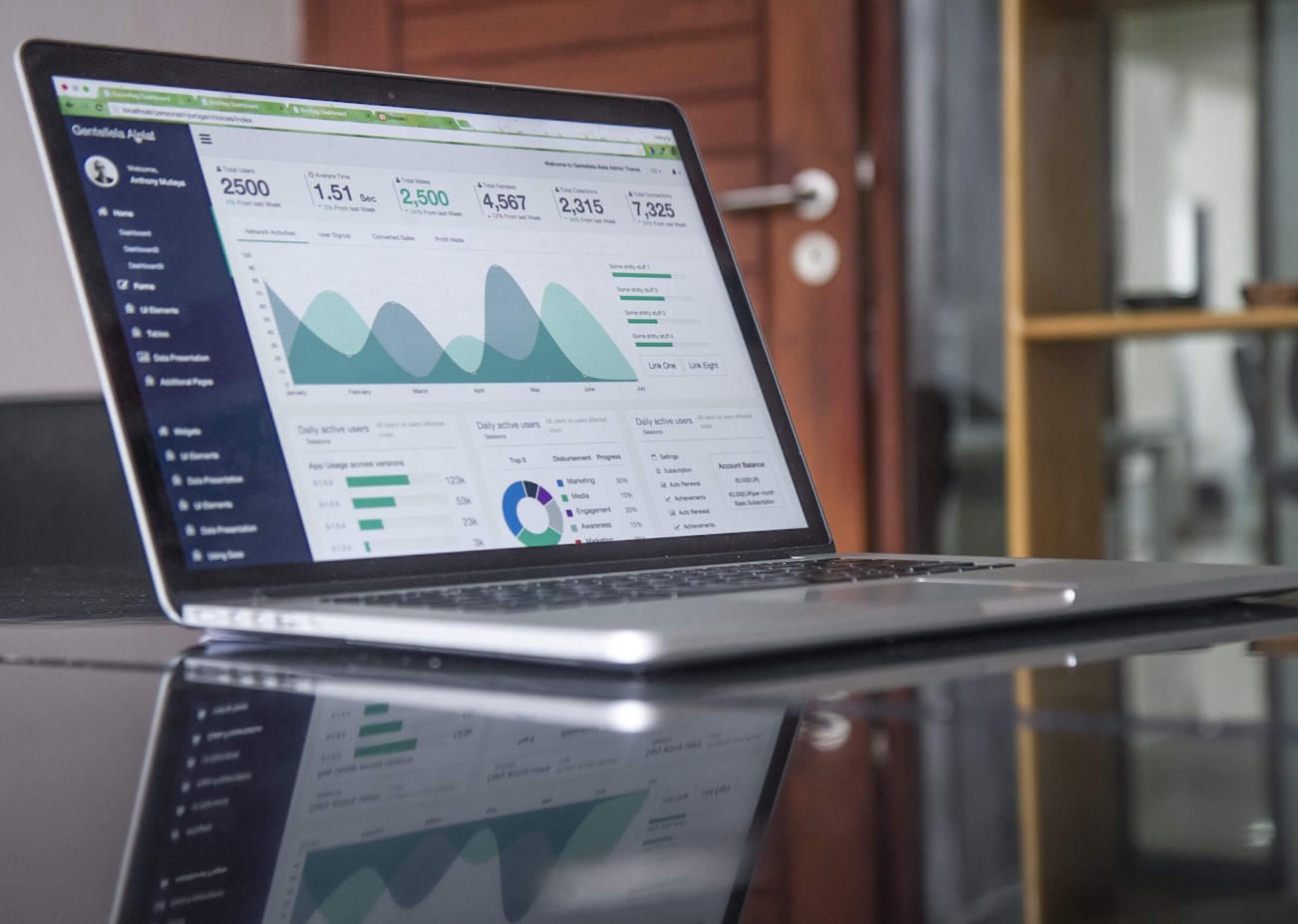Proximity Marketing: The Future of Consumer ExperiencePosted by Aditya Singh Rajput on October 9th, 2019 One in three consumers (32%) say that they would change brands after just one bad experience. With the increase in competition and consumer connectivity, consistent consumer experiences help brands differentiate themselves. Positive consumer experiences not only lead to consumer satisfaction but also additional revenue. What is Proximity Marketing?In today’s fast-paced digital world, consumers are never without their smartphones. Marketers can leverage smartphones to interact with consumers. Proximity marketing enables brick and mortar stores to integrate the physical world with online experiences. Proximity marketing is the localized distribution of marketing messages. It means interacting with your consumer at the right time, at the right place, with the right message. Technologies such as Beacons, QR codes, Geo-fencing, and NFC tags help devise ways to attract, engage, and delight consumers. For example, a local bakery shop can attract consumers with beacons or geofence. As soon as a smartphone user enters a geofence, they can receive welcome greetings. Beacons installed in your bakery shop can trigger smartphone notifications about offers and discounts on various bakery products. Similarly, posters and shelf-talkers integrated with QR codes or NFC tags can deliver product information or marketing offers that incentivize consumer interactions with the brand. Proximity marketing is the next best action marketing. It nudges consumer behavior towards an immediate interaction with a brand that is nearby. It attracts and engages consumers with marketing copies that invite instant action form them. For ‘window-shoppers’ in a mall, proximity marketing messages may promote trying out free samples from a bakery shop near them increasing footfalls. A sports store can showcase the latest products and invite free trials. An electronic store can attract customers to try out new features in their latest products. A coupon QR code poster at the entrance can prompt consumers to scan and avail discounts at a retail store. How do QR codes work?QR codes are the most recognized amongst the mentioned technologies. Most smartphones feature native scanning capabilities directly from stock camera apps. Businesses can create custom QR codes that link to different landing pages, vCards, audios, videos, plain text, emails, or SMS. These can be designed and customized to match the brand’s image by adding colors, logos, background images, and editing core elements. QR codes can be static and dynamic. Static codes stay linked to the same source, whereas dynamic QR codes can change redirects. How do Beacons work?Beacons are app-based technology. They broadcast promotional messages as notifications in a mobile app. Based on the range of beacon devices, businesses can market offers or help consumers navigate brick and mortar stores. Businesses can create mobile apps using DIY app-builder platforms such as Shoutem or market a beacon compatible app such as NearBee. How does NFC work?NFC or Near Field Technology is in the form of tags or stickers that interact with NFC enabled smartphones. They offer speed and security. They transfer information with just a tap of smartphones. These can be leveraged to identify high intent leads by engaging consumers in promotional activities such as increasing followers and social shares. Brands can share product specifications, share discount coupons, exciting product videos, enroll consumers in reward programs in an instant. How does Geofencing work?Geofencing is marketing products/services within a virtual fence around a strategic location. It could be a competitor’s premises or offer-specific outlets. As soon as a smartphone user enters this virtual fence, they receive notifications from the brand. Geofencing is a useful tool for leveraging competitive marketing campaigns. Popular brands like Burger King have utilized geofencing as a core technology for competitive marketing campaigns. In the Whopper Detour campaign, consumers had to go to a McDonald’s outlet and order a Whopper from the Burger King app. The app on verifying that the order is placed inside a geofence created around 14,000 McDonald’s outlets would give the consumer a Whopper for 1 cent. Why do we need a proximity marketing platform?A sophisticated proximity marketing platform is the last piece of this puzzle. Businesses can leverage the combination of efficient scheduling and analytics all in one place with the help of a dashboard such as the Beaconstac. The dashboard that lets companies create and track different QR codes, Geofencing, NFC tags, and Beacon marketing campaigns. Marketers can measure the success and failures of their campaigns and make adjustments using data from analytics. It gives businesses a complete picture of all marketing efforts made. With a proximity marketing dashboard, organizations can improve consumer experiences by adding value to a buyer’s journey. Like it? Share it! |


 The most effective marketing strategy is still word of mouth; there is nothing better than an existing customer recommending your business. Proximity marketing enables firms to enrich consumer experiences by marketing products/services and offers that are near them. It increases the relevance of promotional messages and engages consumers. Different tech at different touchpoints can enable businesses to greet, guide, and aid informed purchase decisions.
The most effective marketing strategy is still word of mouth; there is nothing better than an existing customer recommending your business. Proximity marketing enables firms to enrich consumer experiences by marketing products/services and offers that are near them. It increases the relevance of promotional messages and engages consumers. Different tech at different touchpoints can enable businesses to greet, guide, and aid informed purchase decisions.


